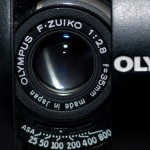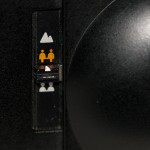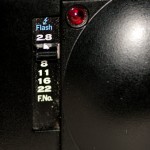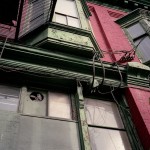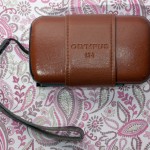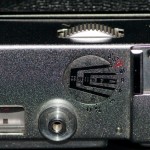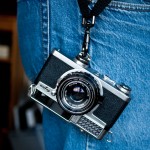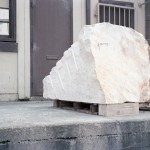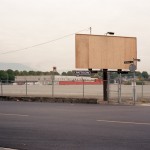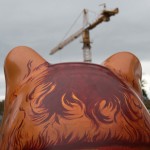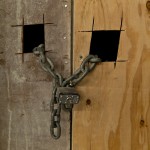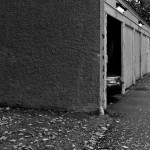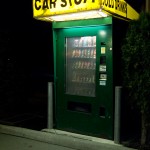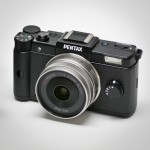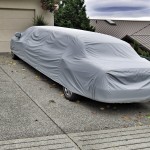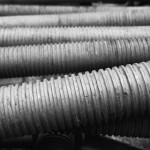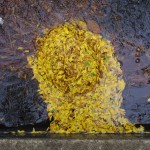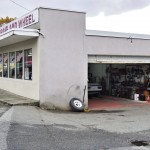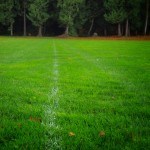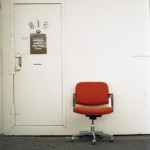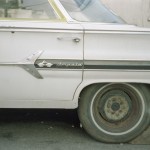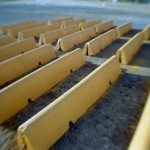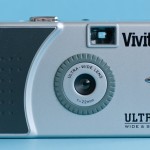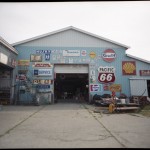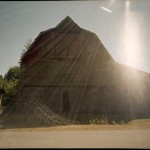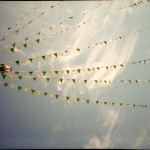Dec
14
2012
This may be the golden age of digital point and shoot cameras or it may be the amber ale age I’m still undecided. At the top of this heap of little mighty cameras is the new Sony RX1. It’s reached that peak by pairing a sensor equivalent in size to 35mm film with a fast 35mm focal length lens. After a wander in the photographic wilderness it seems Sony has conjured the spirit of Minolta once again, likely before they slip back into the dark and we wonder where they went. The stand out feature of the camera though is its price. I don’t doubt that the price is closely related to the developement and production costs but $2799 buys a lot of consumables (Beer and film). My tongue in cheek chart explains this as clearly as an unfiltered beer. I have no doubt that the camera will actually produce quality images in the hands of competent photographers but then a good photographer would no matter what the camera is. For disclosure one of my all time favourite cameras was the Sony DSC-V3 which I used for years and my primary SLR camera was a Minolta x700.

Other autofocus cameras with a full 35mm size frame and a 35mm lens that now cost less than 1% of a RX1 include; Pentax PC35AF, Canon AF35ML (OK it’s 40mm but it’s also f/1.9), Nikon L35AF, Olympus Stylus Epic. I’m sure there are more but I think I’ve made my point and shoot.
3 comments | tags: beer, camera, Digital, film, review, rx1, Sony | posted in Cameras, Photography
Dec
10
2012

A camera that’s more about style than function. I had hoped that its having a 35mm lens would put it on par with the lens of the Stylus Epic but that camera has an f2.8 maximum aperture vs the 3.5 of the LT-1. The epic is all around a better camera it just isn’t wrapped in a nice fake brown leather. And that’s all I have to say about that.
1 comment | tags: camera, film, olympus | posted in Cameras, Photography
Oct
31
2012
There are several reasons that the Fujica 35SE is a favorite of mine. The primary one is how you focus. As it is a rangefinder you determine focus using a focus patch in the center of the viewfinder as you would expect but the focus movement is done via a thumb-wheel on the back. This is both quicker and easier than using the left hand around the lens as is more common. and has the added benefit of freeing the left hand to just steady the camera in a comfortable grip, this can not be overstated.
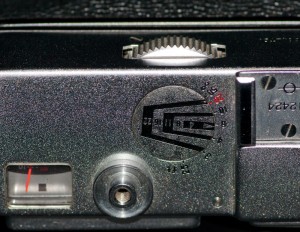
The other is the results from the 45mm 1:2.8 lens. Other things that make this camera different are the film advance lever location on the bottom and the exposure system where a change in shutter speed changes the aperture correspondingly. There are other little touches that help to add up to make it more than the sum of those parts.
I used the camera attached to a long sliding strap where I allowed the camera to just hang upside down. This is actually the perfect camera to use like this because you can advance the film with one hand and then bring the camera up and focus with the same hand.
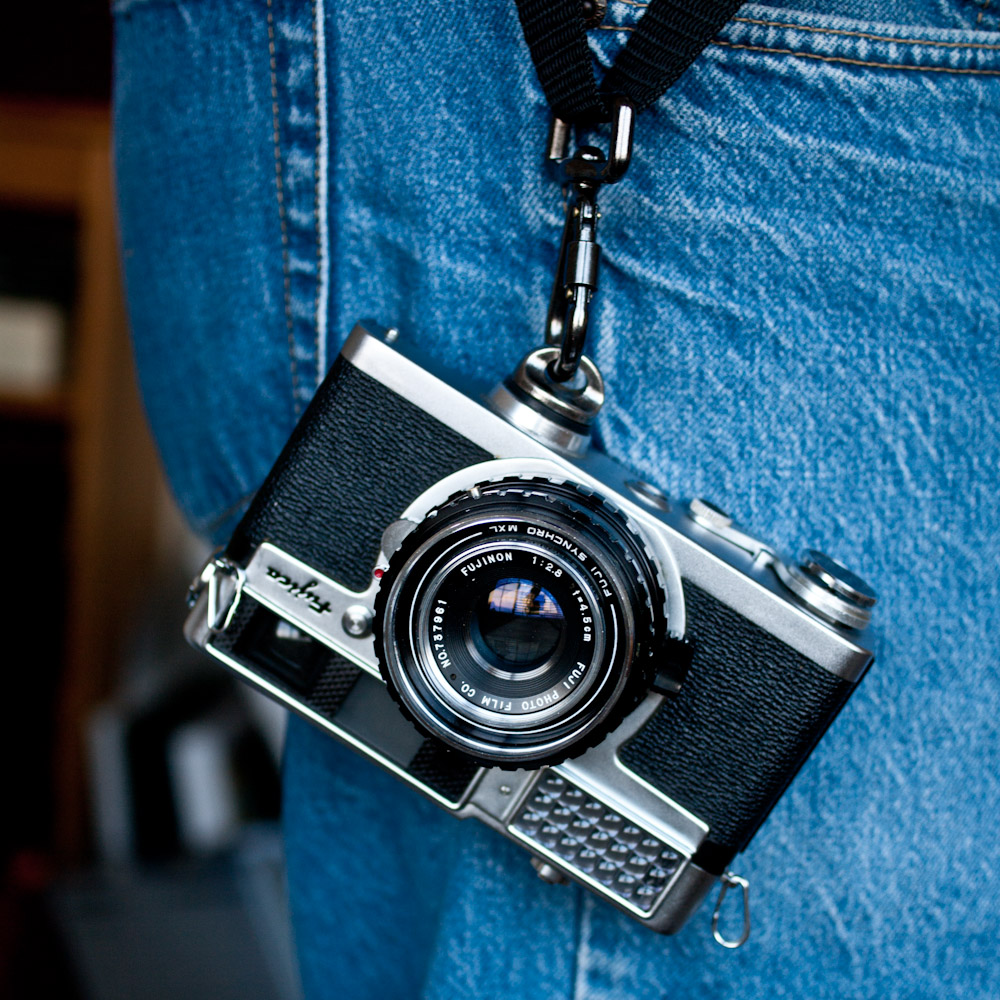
While I was out shooting on this day I had a Sony CS1 GPS attached to my camera bag tracking my movements. There is a mix of my walking and some of my driving including when I forgot that it was still on and drove over the Cambie Street Bridge.

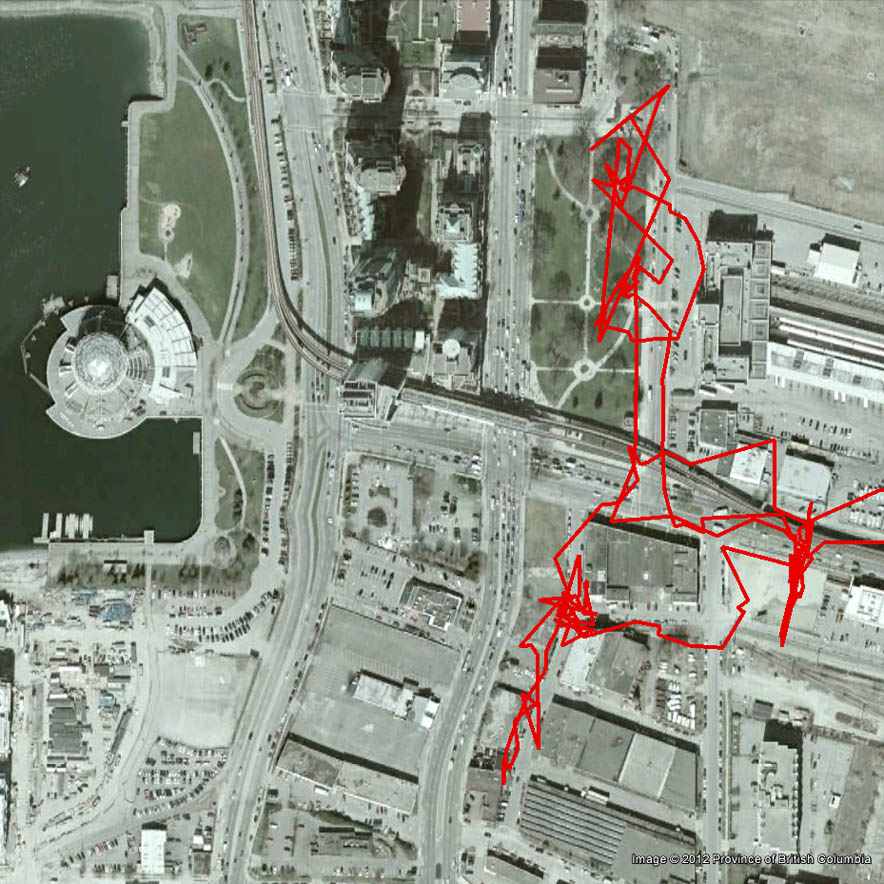
9 comments | tags: camera, film, Fujica, rangefinder | posted in Cameras, Photography
Oct
22
2012

Well more than a year after it’s initial release I bought a Pentax Q. Partly because of the drop in price and partly because with the release of the Q10 Pentax has shown that they intend to support this lens mount further. This is an interesting camera and many of the reviews of it focus heavily on it’s sensor size. My initial testing of it when it was released and early use of my own has shown that it out performs 35mm film in almost all cases except achieving shallow depth of field. That’s the yard stick I’m comparing it to and I shoot plenty of film and am not unhappy with that. If cameras are tools, and they are, then having the right tool for a job is important. If the job is to have a fast adjustable tiny unobtrusive camera than this is that hammer. The other thing that I plan to use this camera for that would otherwise be difficult and expensive is as a super telephoto. To achieve this I plan to use a K to Q mount adapter with my 100mm macro giving me a 550mm equivalent focal length. For now though I am enjoying using the 8.5mm 1:1.9 lens (47mm equivalent in terms of 35mm film) that came with it. I am playing around learning the camera and the files it creates so these are a mix from Lightroom and an iPad. The ones from the iPad don’t have any lens corrections and are perhaps over done, Lightroom is far better for getting natural results.
I have more images ready but I will post them separately.
2 comments | tags: camera, Pentax Q | posted in Cameras, Photography
Oct
10
2012
Placing distortion inducing optical elements in front of expensive cameras is all the rage these days and all the hipsters are doing it so I didn’t want to miss out. There is a line of products called Lensbaby that allows for selective focus by essentially tilting the front element. My setup is a little different I’ve taken a wide angle adapter intended for video and mounted it on the front of the lens. This isn’t so much selective focus as the worlds worst astigmatism. The camera I’ve victimized is an interesting one. It’s actually a point and shoot SLR with a prism finder and a fixed 41mm 1:2.8 lens. Take a moment to think about that as I wind the next frame with the thumb wheel. Yes SLR, Yes thumb-wheel, fixed lens, No the mirror actually performs as the shutter, so many questions. The mirror/shutter has a single speed and you select the aperature via a ring around the base of the lens. To use the meter you press the little green button on the top plate near the shutter button. Three LED’s let you know if you are under, over exposed or just right(ish).

Back to the wide angle adapter it has a magnification of .55 which multiplied against the lenses 41mm yields 22.5mm of wide-angle badness. Of course I didn’t use it for all the shots see if you can tell which ones.
no comments | tags: camera, film, lens | posted in Cameras, Photography
Oct
9
2012

The Minolta Himatic 7s is another light tight box with a lens. It’s a bit heavy and quite noisy compared to similar cameras but the Rokkor 45mm 1:1.8 lens is a good performer. It does have the option of completely automatic exposure but I like to use it in manual mode performing the light metering with a digital camera. You might be wondering if I’m already using a camera to take light measurements why not be done with it and give up film. The simple answer is I like using these camera and framing and composing with the optical finder. I also don’t meter every scene but get a good estimate of the light and adjust from there which isn’t so different from using an external light meter I’m just getting a test shot too. I mentioned at the start about how noisy it is and it’s true of almost every operation of the camera from cocking the shutter to the release of it. It has a very sharp metalic sound, everyone and thing around you is going to know you just took a picture.
2 comments | tags: camera, film, Fuji | posted in Cameras, Photography
Sep
27
2012
It’s pretty much universally accepted that digital photography today provides a better outcome than film as well as a better user experience. Now with more than a decade of digital being mainstream I’m having a look back to see just when that barrier was crossed for the average user. For this comparison (there may be more) I selected two cameras that were available in 2001. The Olympus D-370 is a 1.3Mpixel (1280×960) camera with a 4.5mm F4 lens with 5 elements that gives a 35mm equivalent field of view. And weighing in for film is the Minolta Freedom Escort with it’s 34mm F3.5 four element lens and it’s filmyness. To be fair the Minolta is about ten years older than the Olympus but the film is new.
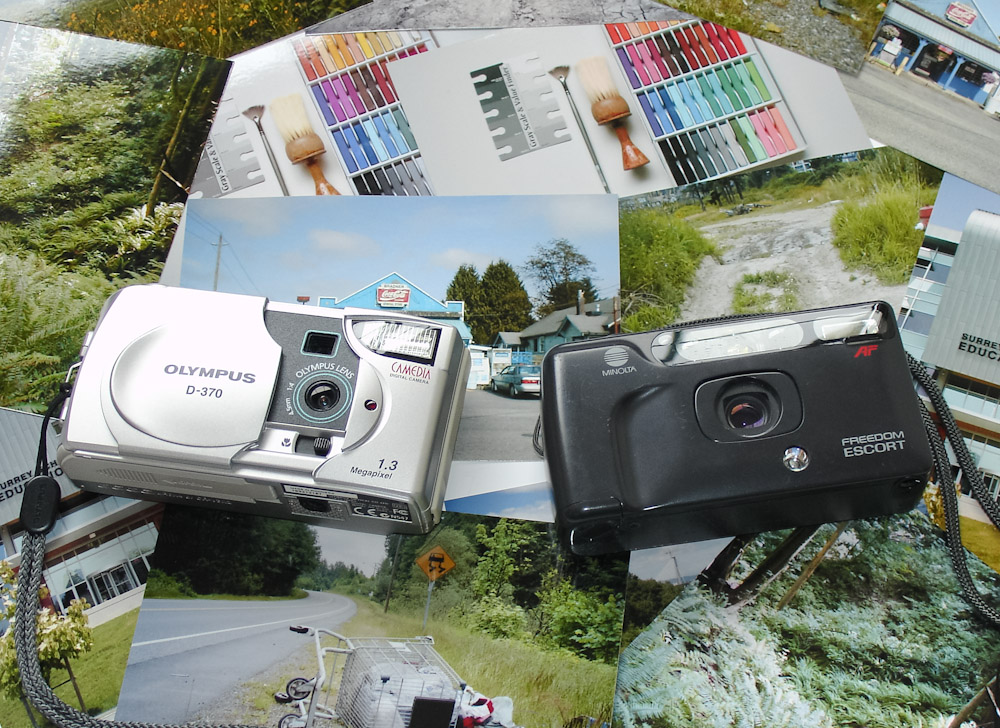
Seeing as most people get prints that are 4×6 I thought I would see if at this size snapshots from the two cameras would be comparable. At that size the (1280×960) of the Olympus should give nearly 220 pixels per inch. I scanned the negatives at higher resolutions but downsized to a comparable 240 PPI for printing. Both cameras actually produced decent 4×6 prints but the film camera took the edge with it’s better lens and films superior dynamic range.
The Olympus prints were only sharp in the center and the sensor couldn’t record much detail in the dark areas of high contrast images. The Minolta with Fuji Superia film was able to record much of the range of any of the scenes and a lot more detail.
So what exactly does this prove? Well for one thing the output quality of pretty much every camera for the last 10 years has been adequate for making 4×6 prints and web sized images. It wasn’t all flowers and butterflies though if anyone cares to remember the difficulties with getting your images off of a camera and into the computer around that time. The other thing it proves is that this was not the time where digital exceded film for the average user not using an SLR or DSLR.
Here are two comparisons the last one zoomed in to one to one, leaving no doubt about films 2001 superiority.

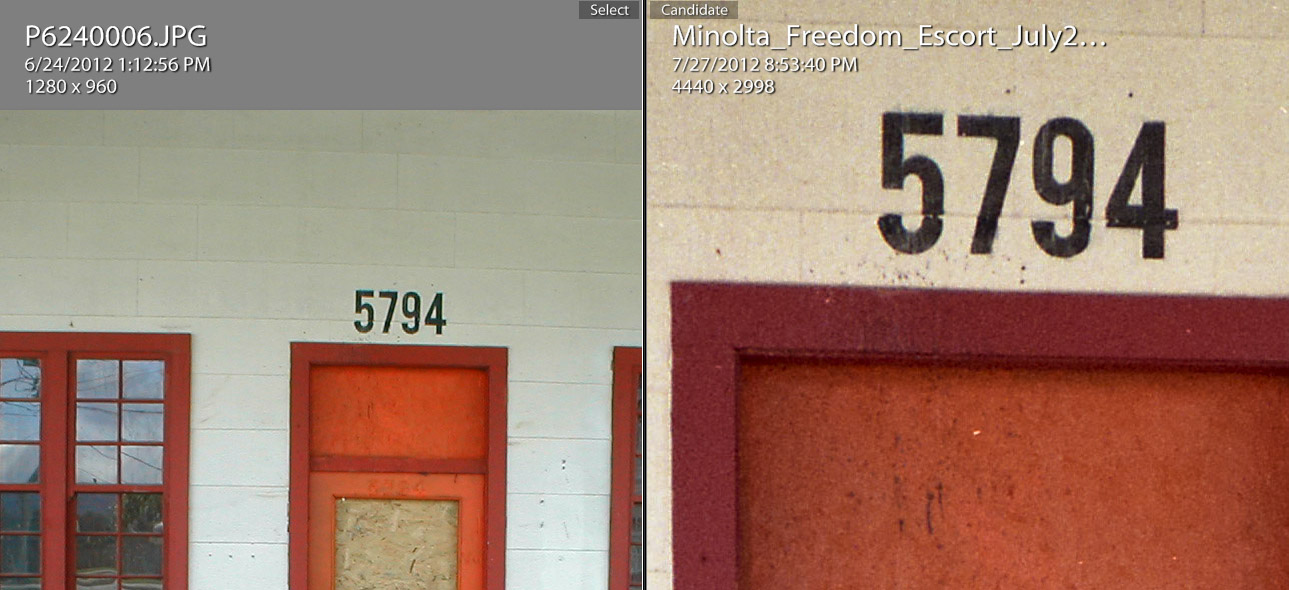
From here I will pick a different camera combination with higher megapixels and see if I can find that cross over point.
5 comments | tags: camera, Digital, film | posted in Cameras, Photography, Processing
Sep
21
2012
Don’t you just love to hate oxymorons?
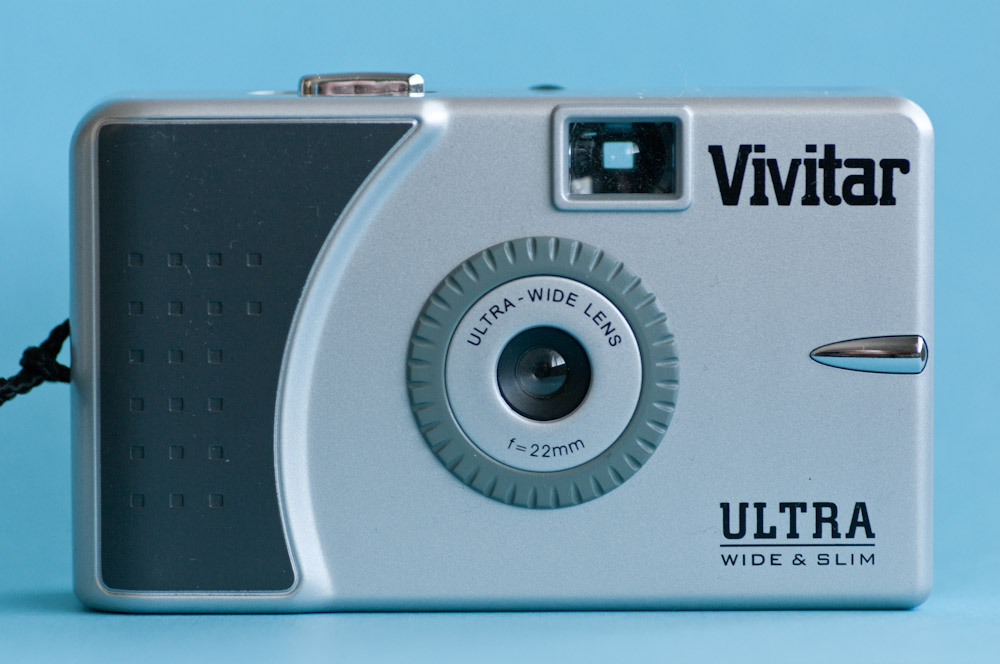
The Vivitar Ultra Wide and Slim is one of the ultimate plastic cameras. It has a “Ultra wide” 22mm lens and is an incredibly small camera, you could ever say it’s massively slender. One thing to keep in mind is that it has a fixed aperture of F11 and a fixed shutter speed of 1/125sec. So to get the best results you want to shoot in circumstances that require exposures around that level. I was using ISO 400 film so that would be about EV12 or average daylight. Looking at the roll of film as a whole it’s clear that I pointed the camera towards the light a lot. Well it’s a plastic lens of course it’s going to flare so let it flare. And vignette don’t get my started with the vignetting it’s perfectly awful! OK so it’s bad in a good way and I’m nearly out of oxymorons.
1 comment | tags: camera, film, Photography, wide | posted in Cameras, Photography
Aug
20
2012
I have a strong affinity for the colour yellow and thought that I might want to have a camera that colour, you know to blend in. I chose the Pentax 120SW for a couple of reasons: I liked the idea of trying out the 28mm wide end of this camera, It was cheap, It’s a Pentax and Pentax has released yellow camera’s most notably the recent K-01
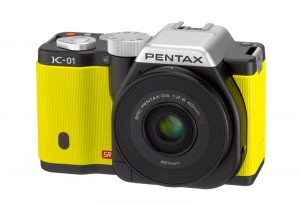
So once I have my victim camera and paint, I disassembled it and masked off any areas I didn’t want to be yellow. You know areas like the viewfinder.
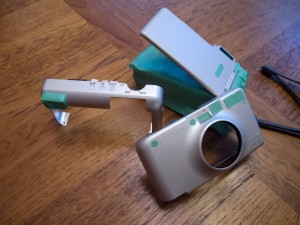
I just used spray paint from the local hobby store that you would use on a model car or plane or camera or something similar

Then after somewhat careful re-assembly (No extra bits left over)
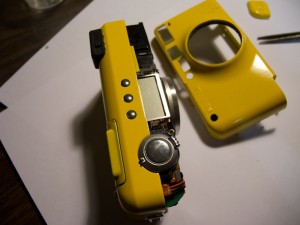
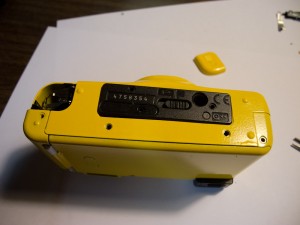
Are you my mother?
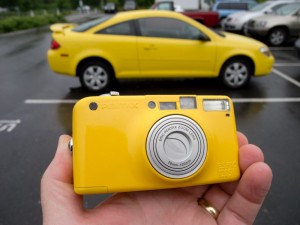
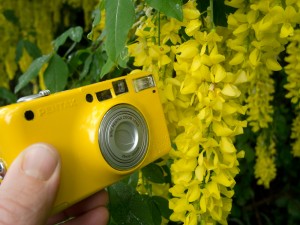
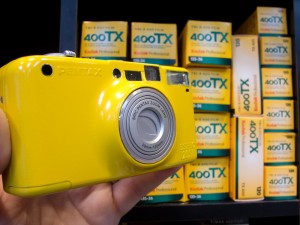
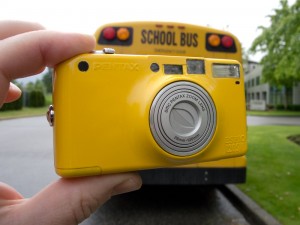

OK so that amused me for a few minutes but did the camera still take pictures? Well yes and no. Yes it still takes pictures but I’ve introduced a small light leak, that could easily be found and fixed but that may not be worth my time or any more film. It’s just not much of a camera to get excited over. Yes the 28mm wide end is an interesting focal length but the Pentax EW24 is wider and ultimately a better camera. So if your wondering did this fix my yellow camera yearning, not in the least I just need to find a better victim.
And now for something completely familiar




2 comments | tags: camera, film, yellow | posted in Cameras, Photography


 Another major difference is that the XA uses rangefinder focusing instead of the simple zone focus system of the XA2 and the final difference being that the XA is aperture priority with the shutter speed shown via a needle in the viewfinder and the XA2 is completely automatic with no feedback.
Another major difference is that the XA uses rangefinder focusing instead of the simple zone focus system of the XA2 and the final difference being that the XA is aperture priority with the shutter speed shown via a needle in the viewfinder and the XA2 is completely automatic with no feedback. 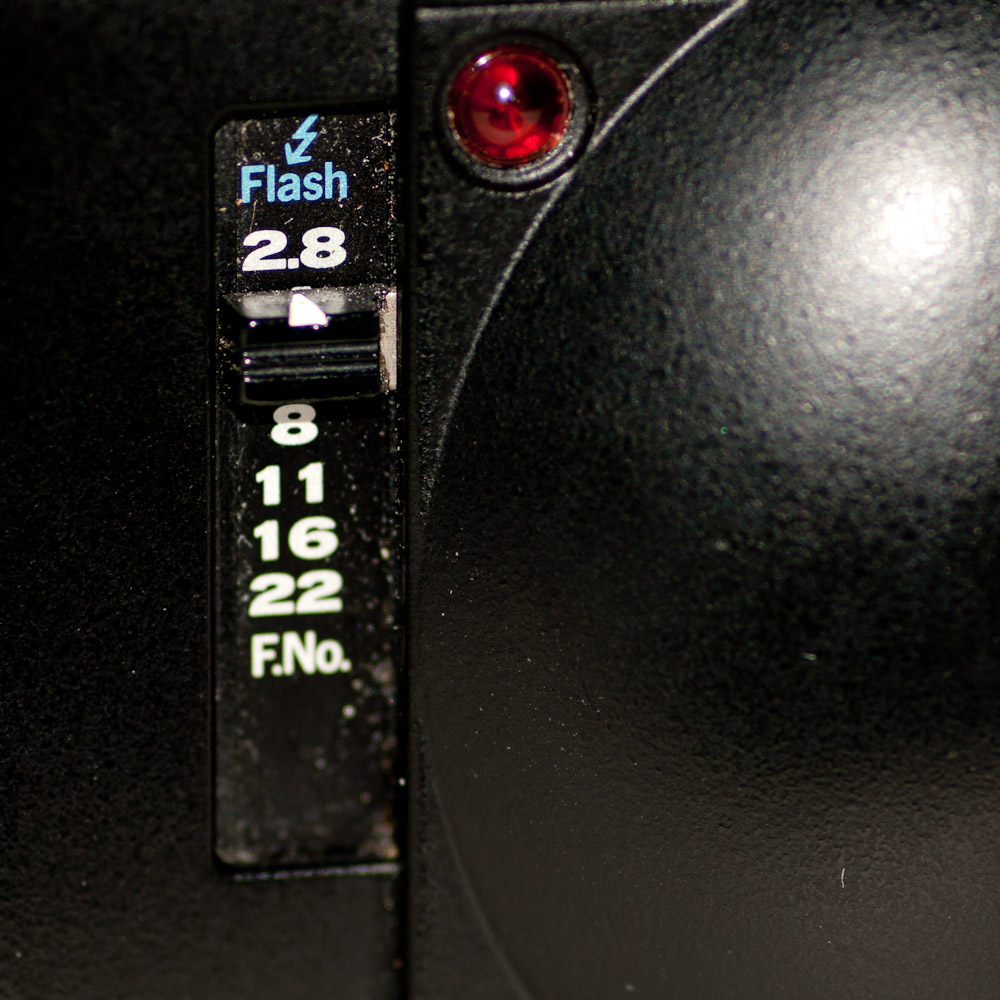
 So obviously the XA has many advantages that provide for greater photographic control. That isn’t the end of it though because using the XA2 is a great shooting experience. Giving up some control you gain back in speed of operation and can turn more attention towards the image you intend to make.
So obviously the XA has many advantages that provide for greater photographic control. That isn’t the end of it though because using the XA2 is a great shooting experience. Giving up some control you gain back in speed of operation and can turn more attention towards the image you intend to make.